5 ways Apple could improve iPhone with iPhone 14
I love my iPhone 13 Pro, but it could use some improvements that I'm hoping to see in the next generation.
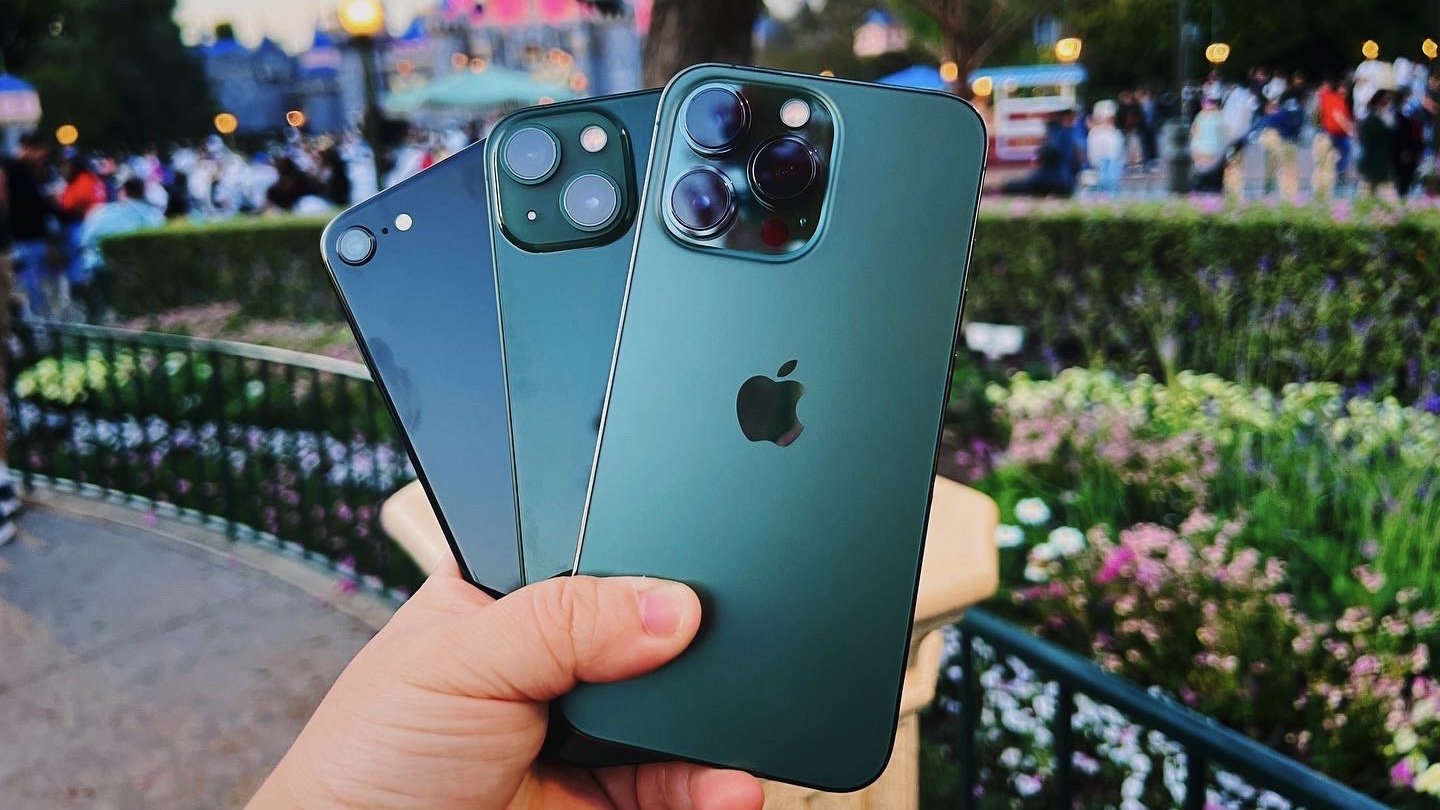
As the end of summer fast approaches, it means one thing: Apple’s fall event is almost here, and that means new iPhones. It’s pretty much my favorite time of the year because I am always eager to see what Apple has in store for the next iPhone that I’ll be purchasing on launch day (or as close as I can get).
I’ve had the iPhone 13 Pro since day one, and it has served me very well over the past year. It’s probably my most used computing device, and it’s even quite special for me as it’s been there every step of the way with the arrival of my daughter last November. But again, Apple isn’t perfect, and there could definitely be improvements made to the iPhone 13 that should arrive with the iPhone 14 lineup.
Here are a few ways Apple could really make the iPhone 14 the best iPhone ever.
iPhone’s Ceramic Shield needs to be better at resisting scratches
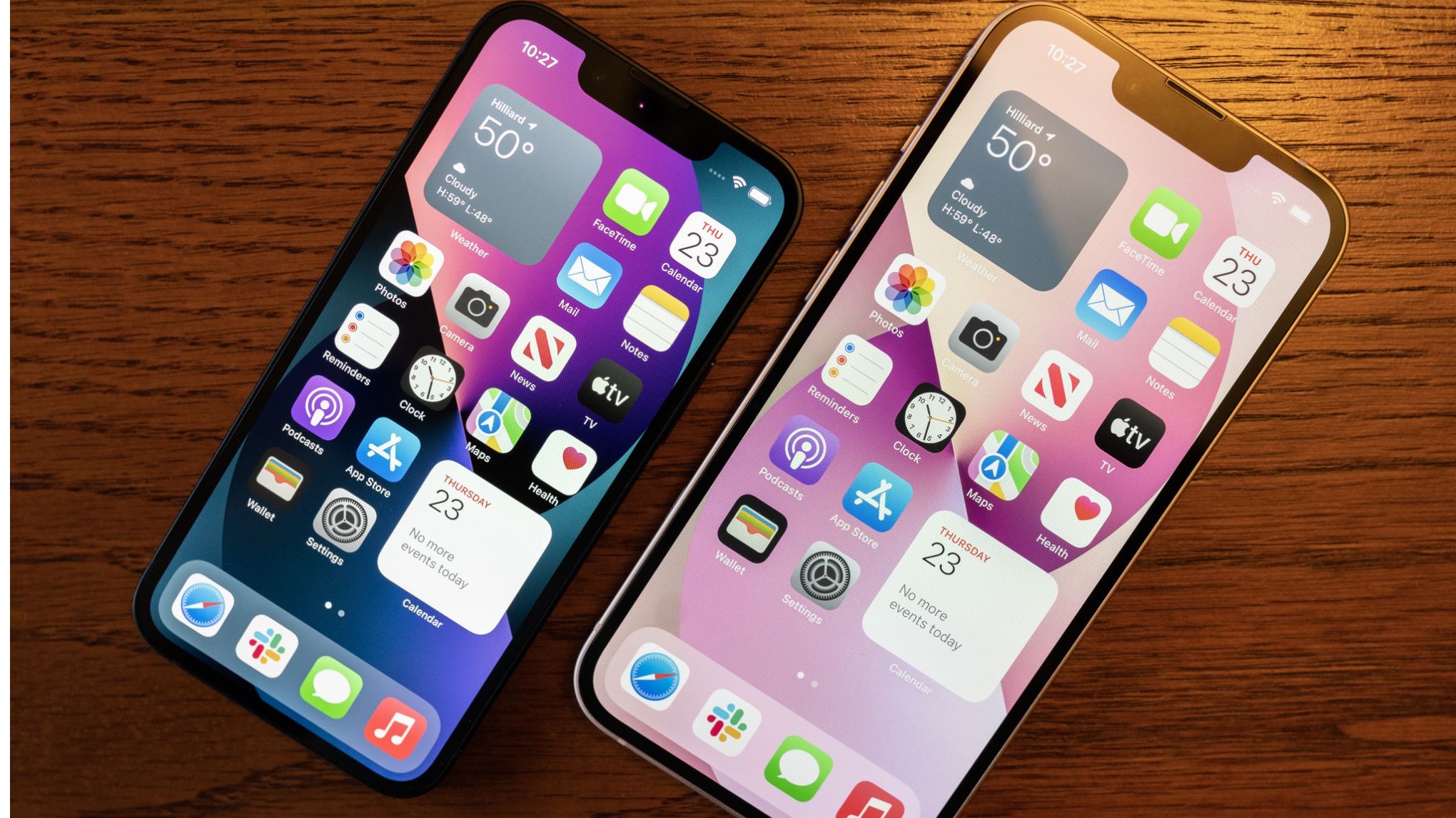
Ever since the iPhone 12 series, Apple has touted its Ceramic Shield glass screens, which means tougher glass that should withstand scratches, bumps, and drops better than previous generations. This is also Apple’s version of Gorilla Glass, which is used on a lot of Android devices.
Though Apple claims that Ceramic Shield is better resistant against scratches, I honestly found this to be just not true. I remember when I got my iPhone 12 Pro on the first day, and I was photographing it for iMore by gently placing it face down on a clean placemat; it ended up with several scratches after just a few minutes — I was devastated. I had found no need to use a screen protector for several generations of iPhone, only to discover that the Ceramic Shield on the iPhone 12 Pro did nothing to protect it from simple surface scratches was irritating.
I eventually just got used to the scratches since they weren’t visible when the screen was on, but I could see them when I wasn’t actively using the device. At some point, I put a screen protector on, and it made me feel a little better since it basically hid the scratch — out of sight, out of mind. When I got my iPhone 13 Pro, one of the first things I did was put a screen protector on, because I wasn’t going to let that happen again.
The Ceramic Shield coating may be better for impact drops and keeping the glass together in one piece, but it sure as heck isn't scratch-resistant. In fact, I think it scratches easier than ever before.
In my use case, I found that Ceramic Shield seemed to be more prone to scratch easily while being more shatter-resistant (though I didn’t personally test this with either iPhone 12 Pro or iPhone 13 Pro, because I’m not made of money). I did accidentally drop my iPhone 13 Pro, using a case of course, on pavement because my husband bumped into my hand with my iPhone in it after going through Disneyland security, but I had a screen protector at the time. So the corner of my protector had shattered but it seemed the actual screen was as pristine as could be when I put on a new protector at home.
Master your iPhone in minutes
iMore offers spot-on advice and guidance from our team of experts, with decades of Apple device experience to lean on. Learn more with iMore!
I’m honestly not a big fan of Apple’s Ceramic Shield, because again, within minutes of unboxing my iPhone 12 Pro and putting it face down for some photos, it ended up with scratches. I hope that the iPhone 14 display is more scratch-resistant, but after my previous experiences, I think I’m just going to stick with screen protectors from now on. I’m less worried about shattered screens since I always use a case, so scratches on my screen just bother me so much more.
User-controlled screen refresh rate
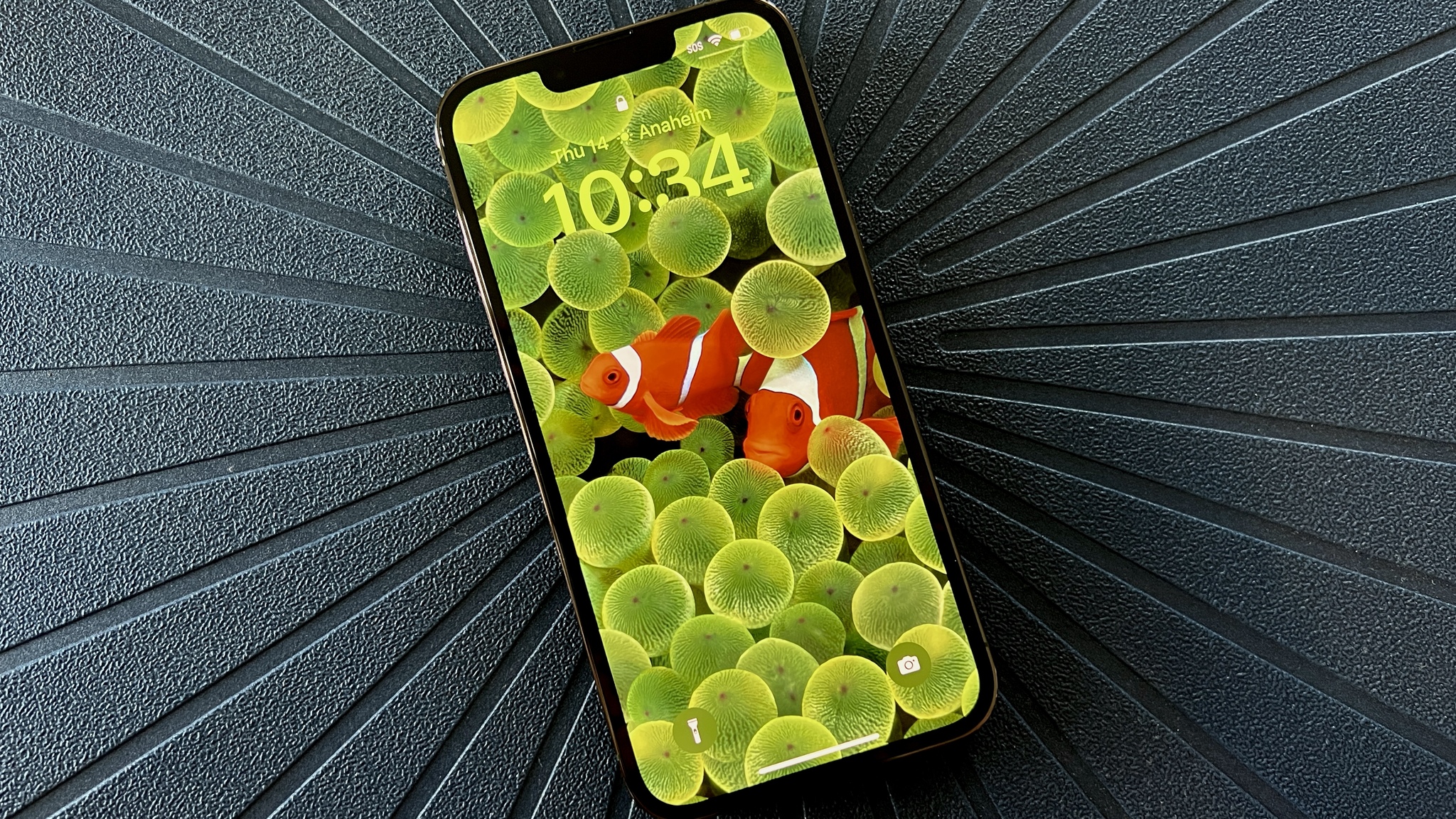
With the iPhone 13 Pro and iPhone 13 Pro Max, Apple introduced ProMotion displays, which allowed up to 120Hz refresh rate for buttery smooth scrolling and improved overall responsiveness. The problem though, is that the average user may not even notice such a feature, at least, not without a side-by-side comparison with an iPhone that doesn’t have ProMotion.
Still, having a higher refresh rate on a screen isn’t exactly new, and Android devices have had it for a while now. With Apple, ProMotion is basically automatically controlled by the phone. It’s dynamic and the phone will adjust the refresh rate based on what you are currently doing. This helps make the battery life last longer.
Some Android devices let users manually control when they want the screen to refresh at 120Hz. If the ProMotion display continues to be a "pro" feature, why not allow users to control it how they'd like?
However, a feature with Android phones is the ability to manually control the refresh rate yourself. If you want your iPhone 14 Pro to always have a 120Hz refresh rate, you should be able to set that. Of course, this does mean a little sacrifice in other things, like battery life, but if that’s what you want, you should be able to have it.
Reports are suggesting that the ProMotion display will remain exclusive to the iPhone 14 Pro and iPhone 14 Pro Max devices, instead of expanding to the lower-end models as well, meaning it’s going to still be a “pro” feature. Why not make it even more pro by allowing some flexibility and user control while we’re at it?
Faster wireless charging
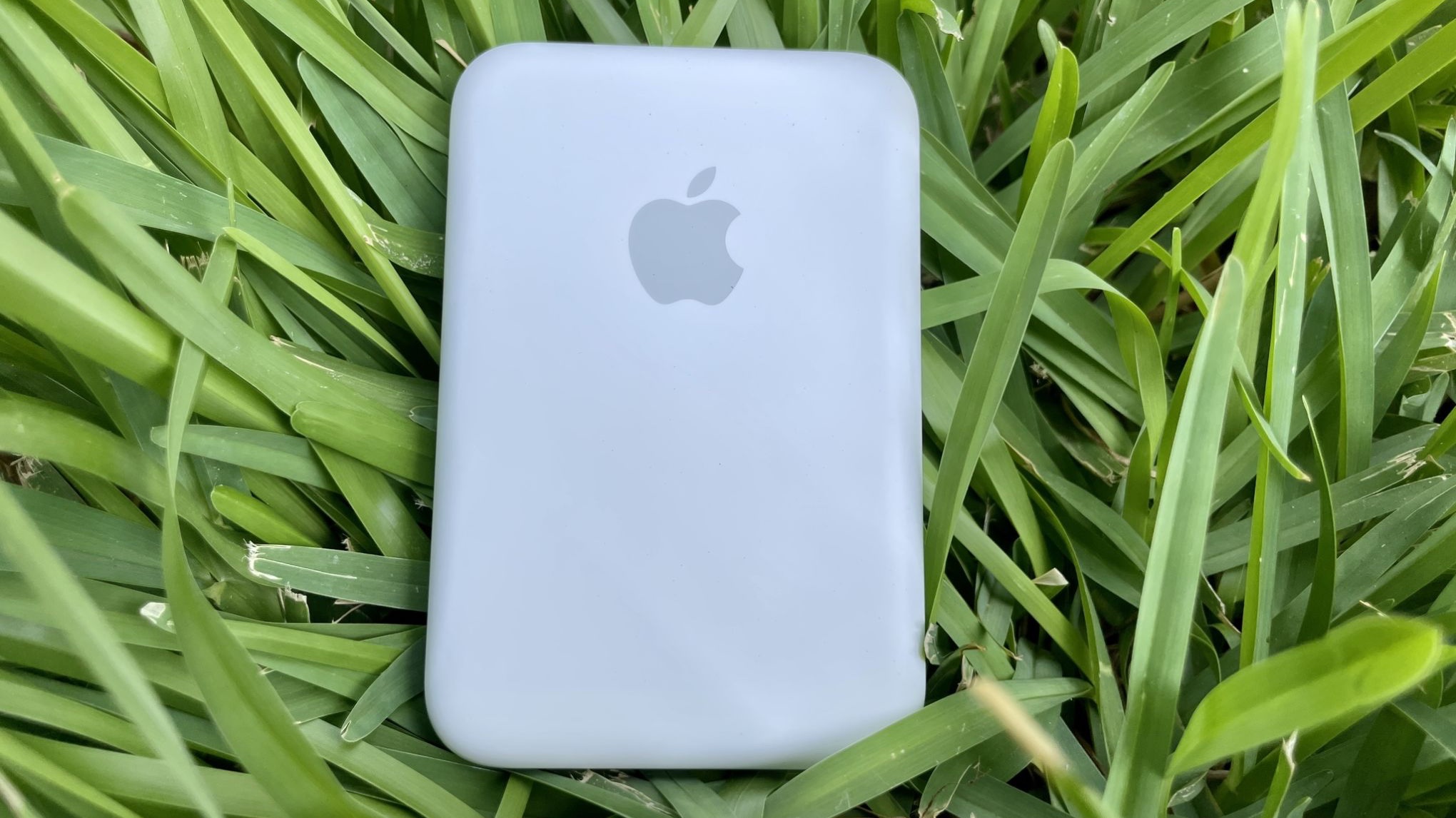
Apple added wireless charging capabilities with the iPhone 8 and iPhone X in 2017. At the time, wireless charging was already on various Android devices, so once again it was not a new industry standard. But ever since then, Apple has included wireless charging on every iPhone model, including the iPhone 13.
However, despite wireless charging being a thing for the past five years, it’s still capped out to 7.5W for iPhones, for whatever reason. We’re not talking about certified MagSafe chargers, which can charge the iPhone 12 and iPhone 13 at speeds of 15W, but just standard wireless charging with Qi-compatible wireless charging pads. From what I can tell, most wireless chargers can fast charge an Android device at a much faster rate than an iPhone, usually at least 10W or more.
I’m not sure why Apple continues to limit the wireless charging speed on iPhone to 7.5W for non-MagSafe charging. It’s painfully slow, though I suppose that doesn’t matter too much if you just put your iPhone on a charging pad overnight and aren’t in a rush to use it. Still, it would be nice if Apple raised the charging speed for normal wireless charging just a little bit so that it isn’t lagging so much behind the competition.
Center Stage support for video calls
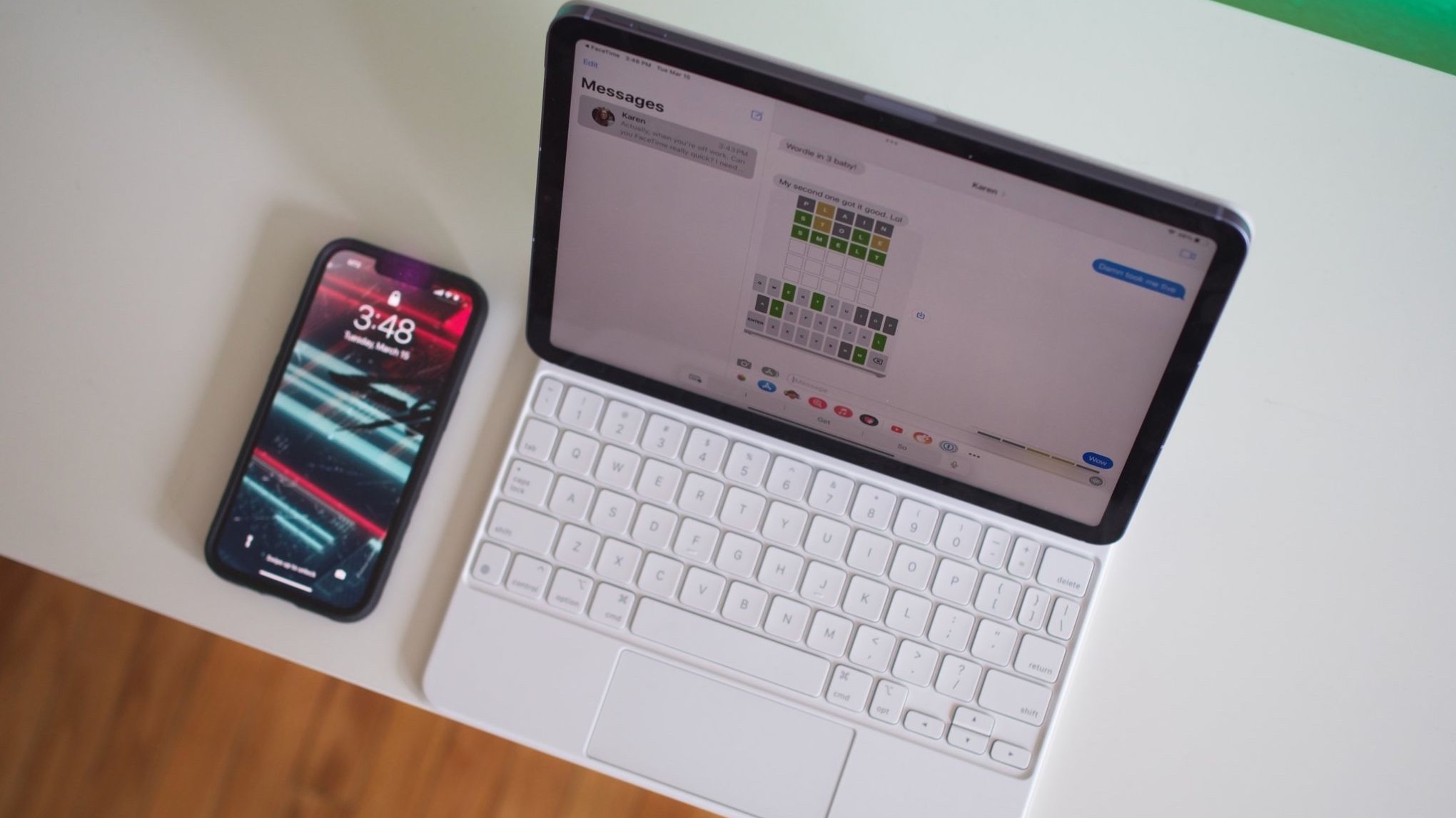
Center Stage was a new feature that debuted exclusively on the 2021 iPad Pro, which was the first with the 12MP ultra-wide TrueDepth camera. Since then, Center Stage made its way to the iPad mini 6, 9th-generation iPad, and the iPad Air 5, so it is now a staple feature across the entire lineup. With Center Stage, your face basically stays in the center of the frame when on a video call, and it works automatically in any video call app, not just FaceTime.
Center Stage seems like a perfect fit for the iPhone, so why isn't it on it yet?
But in all honesty, why is Center Stage only on the iPad lineup? I feel like more people probably use the iPhone to make video calls — am I wrong? Even so, it’s still a very capable device to make video calls, and it’s easy to hold up and even move around if you need to. The iPhone also has a wide-angle TrueDepth camera, so it should definitely be able to handle Center Stage without a problem.
Ever since my daughter arrived, I’ve been doing more videos and FaceTime calls than ever before with family and friends. I really would prefer to have Center Stage on the iPhone, as it just seems like a perfect fit.
Reverse wireless charging
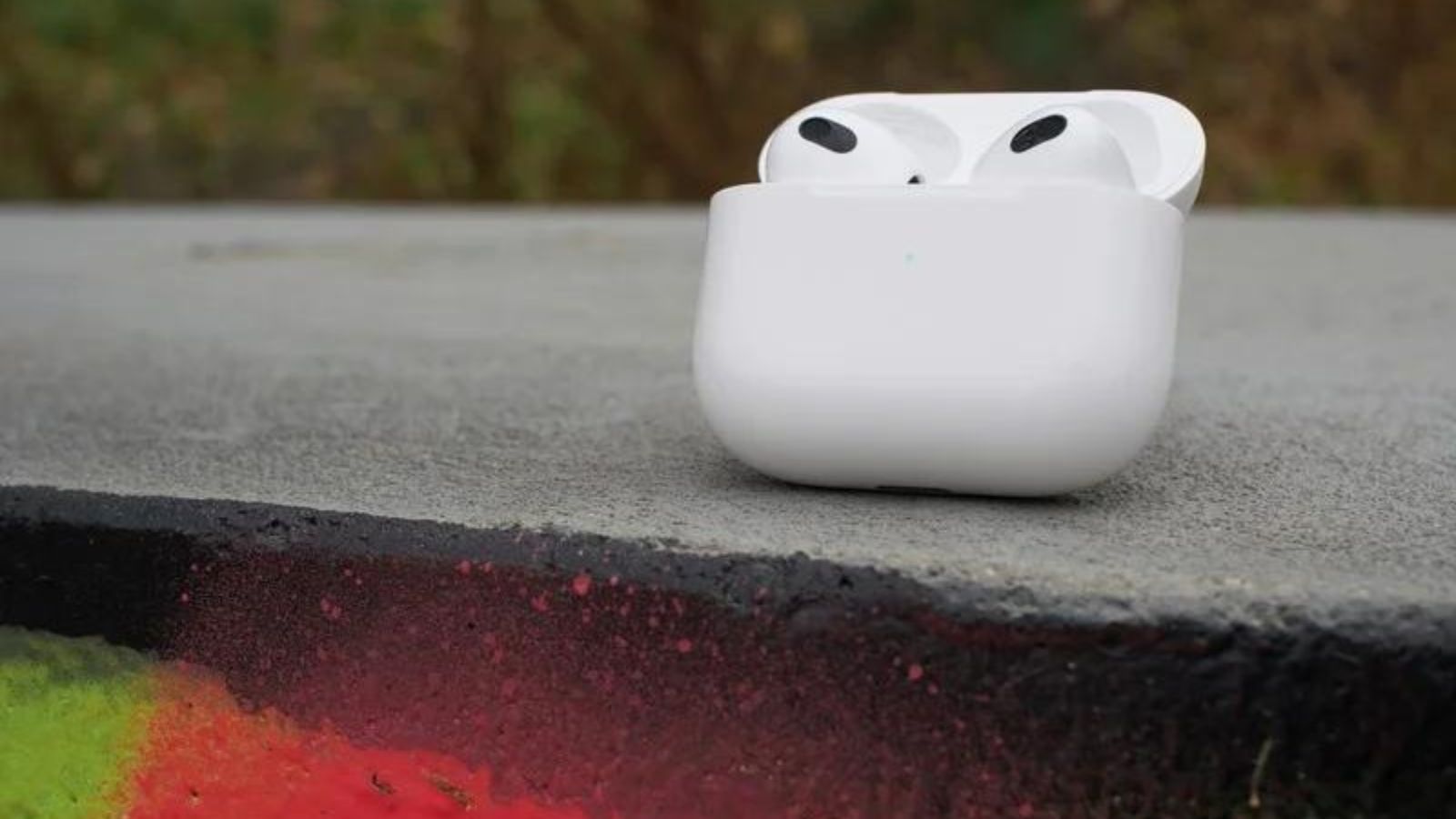
It seems like forever ago, but there was a point in time when it was rumored that the iPhone 13 would have reverse wireless charging. For those who don’t know what that is, it’s when you could use your iPhone to power up other small devices, such as AirPods or other smartphones. But this never came to be, unfortunately.
But when Apple introduced the MagSafe Battery Pack, it revealed that reverse wireless charging was in the iPhone 12 and iPhone 13 already — kind of. How? When you have the MagSafe Battery Pack attached to the iPhone, if you have your iPhone plugged in, it could supply power to the battery pack to top it off. So in a way, it is kind of like reverse wireless charging, under certain conditions. Maybe Apple could include full reverse wireless charging on the iPhone 14, or maybe the iPhone 15.
It's not a long wait now
We are just weeks away from Apple’s next big fall event, which is definitely going to include a brand new iPhone lineup. As much as I love my iPhone 13 Pro, I am ready for another upgrade, so I’m eager to see what Apple has in store.
These are all things I wish that the iPhone 13 had right now, so I don’t think it’s too much to ask for, really. Some of these may be a pipe dream, but others I don’t think are too far off, such as reverse wireless charging. After all, Apple has shown that the technology is there and entirely possible, it just chose to not include it for the time being.
Christine Romero-Chan was formerly a Senior Editor for iMore. She has been writing about technology, specifically Apple, for over a decade at a variety of websites. She is currently part of the Digital Trends team, and has been using Apple’s smartphone since the original iPhone back in 2007. While her main speciality is the iPhone, she also covers Apple Watch, iPad, and Mac when needed. When she isn’t writing about Apple, Christine can often be found at Disneyland in Anaheim, California, as she is a passholder and obsessed with all things Disney, especially Star Wars. Christine also enjoys coffee, food, photography, mechanical keyboards, and spending as much time with her new daughter as possible.

